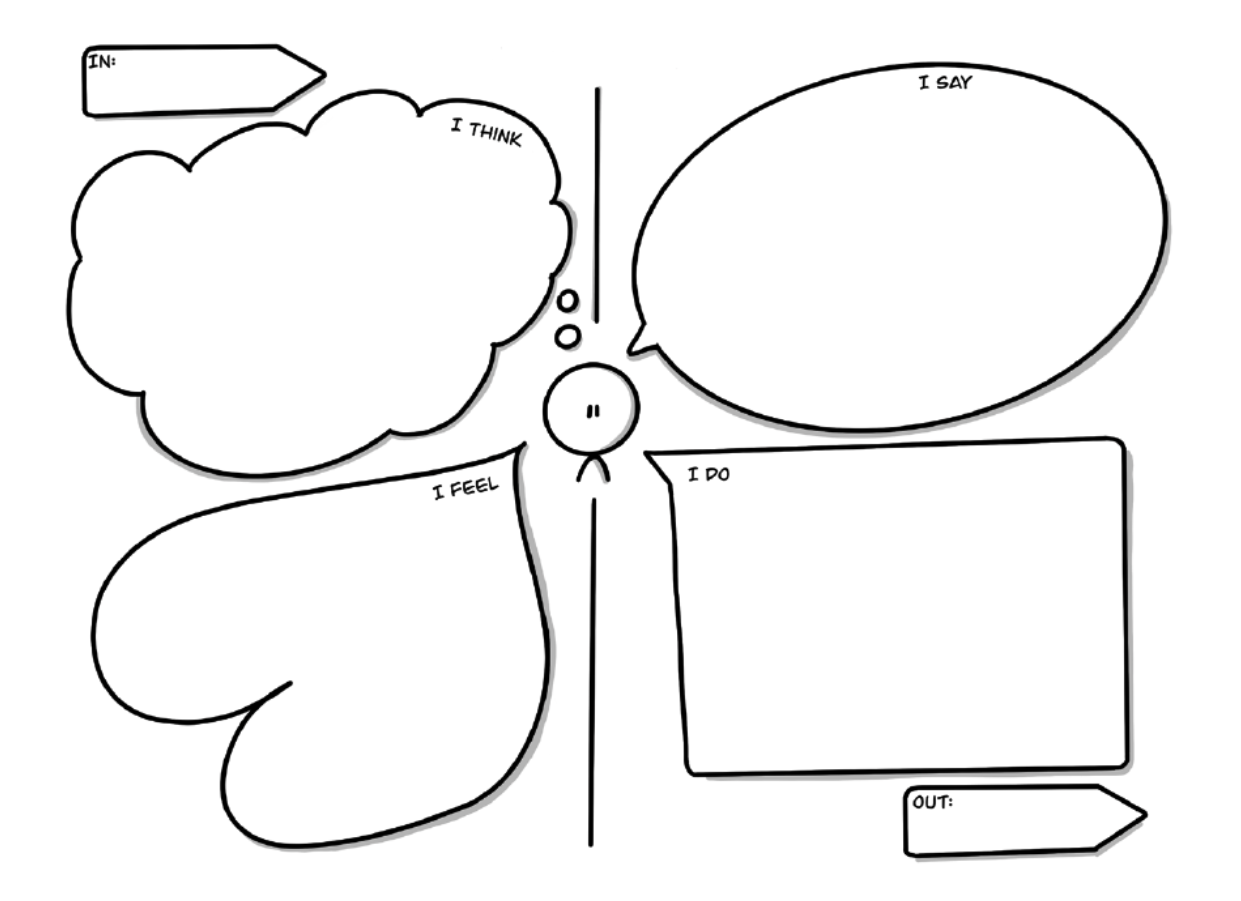The ABC model in focus

Your work is valuable! Care providers can make a difference, for a client, for a system, and for everyone involved. At the same time, concerns are growing, there are more people in need of assistance, more help is needed! Unfortunately, we see pressure increasing from work, patients, clients, healthcare insurers… everything must be done more and more quickly nowadays. All this while the quality of your work must remain unchanged! Without positive results, the demand for healthcare will only increase. Moreover, it is evident that positive results are necessary for those who work passionately in order to avoid burnout. Healthcare is characterized by these two factors that often seem to clash. Fortunately, this problem also stimulates creativity and problem-solving. We see caregivers with brilliant ideas! Beautiful creative initiatives lead to good results.
Working with templates is one of the ways that can help you manage time more efficiently without sacrificing quality!
Here are some examples of how templates can support you in your work:
- A template can be filled in by the client before a session with a simple explanation, allowing you to get straight to the point during the session
- A completed template can be taken home by a client and used as a summary of the conversation when discussing it with third parties
- An empowering template can be saved as a screensaver on the phone or taken home and displayed prominently. This way, the client is regularly reminded of what was previously discussed
- A photo of a completed template can be sent to the client as a reminder before a subsequent session. This refreshes the previous “conversation,” reduces the need for repetition, facilitates reflection, and allows for faster progress
In this blog post, I will share a template that I have used extensively as an art therapist and show you how it works.
You can download this template plus 2 more for free as we give away 3 templates from our book on our website here.

This visual ABC model is one of the 101 visual conversation templates included in our book “Conversation in Pictures.” The book provides a brief instruction manual, which I copied in here:
Many of us know and work with the ABC model, which is part of Rational Emotive Behavior Therapy (REBT) and Cognitive behavioral Therapy, among others. The ABC model of Activating event, Belief (thought, feeling, behavior) and Consequence are set forth. This is done to gain insight into a situation, someone’s thoughts about it and the consequences of those thoughts. In this template we work with different “balloons” to show the differences at a glance. In this version, “behavior” is split into “I say” and “I do”.
I believe that everyone in the therapy field agrees on the value of the ABC model itself. However, I have noticed that clients, even when they work extensively with this model, struggle to reproduce the different steps. The (cognitive-behavioral) therapist keeps repeating the steps during the filling process because the clients no longer remember them. This is understandable, as therapy is typically associated with high levels of anxiety, which negatively affects understanding and memory. The fact that the model remained theoretical and complex for many clients led to frustration. However, it is valuable for a client to truly internalize the model. This way, they can also work on it at home, increasing the effectiveness of the model. When the client knows the model by heart and encounters a situation that surpasses their immediate understanding, they can immediately use the tools provided to them in therapy or guidance. By using the visual ABC model, it becomes clear, lighthearted, and more enjoyable to work with. When something is visualized, the brain creates a mental photo, so to speak. By seeing the “photo,” the client remembers not only what was drawn but also where it was drawn. As a result, they can internalize the model much earlier and have it available when needed. Thus, it becomes an interesting tool for the client rather than a complicated theory. This benefits the usability of the model, the client’s (self)confidence, and the collaboration with the therapist.
In short, do you ever work with clients for whom you want to make their behavior more understandable using the ABC model? Then I would say, “Engage in the conversation using this template and experience the positive effects of working with a visual conversation template like this yourself!”
Do you want to use drawing and templates more in your sessions or conversations? Then our book “Conversations visualized” might be just right for you. In this book, we have gathered 101 conversation templates that can be readily used by care providers or therapists.
We wish you a lot of valuable drawing pleasure!
